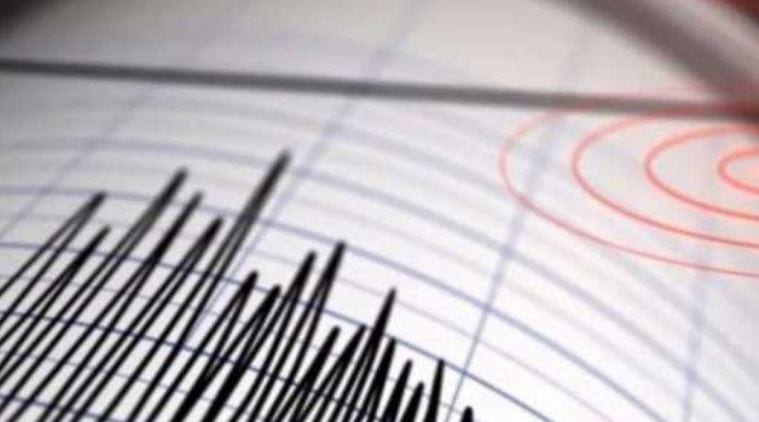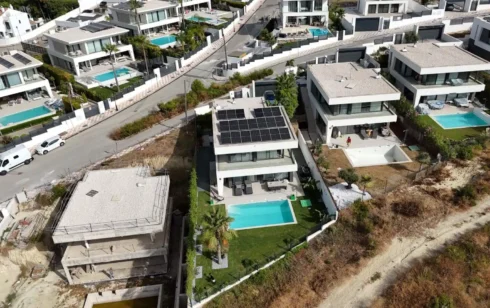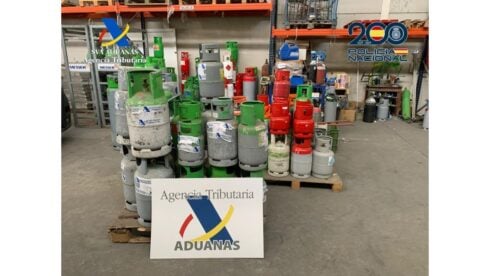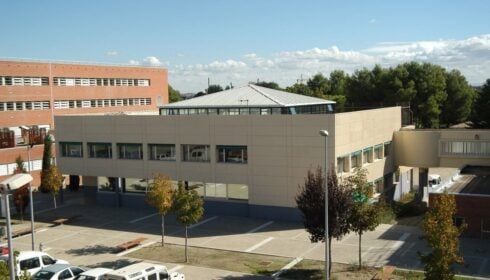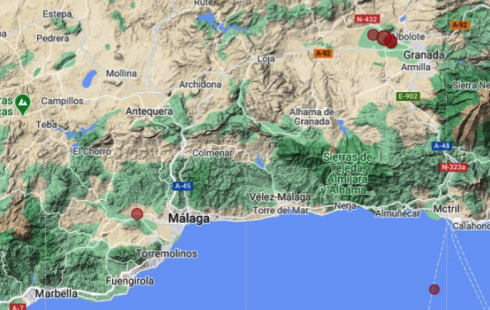With so many reports and articles about Europe’s new earthquake hotspot being here in Spain, it’s only right that the Olive Press explain how tremors are now measured.
The more familiar Richter scale is a mathematical measurement of the intensity of the ground shaking, as measured on a seismograph.
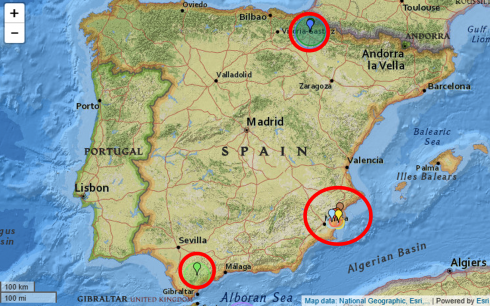
It is actually a measurement of the height (amplitude) of the waves produced by the earthquake. Wherever an earthquake is recorded, it will measure the same on the Richter Scale.
The problem being, identical Richter Scales can be felt in different ways, depending on the depth of the epicentre and other topographical factors.
In recent years, the MMI (Modified Mercalli) scale has been used as a reference.
It measures how people feel and react to the shaking of an earthquake.
It’s based on a series of key responses such as people awakening, the movement of furniture, and damage to structures.
In general, the further one is from the epicentre of an earthquake, the less shaking is experienced.
This table gives MMIs that are typically observed at locations near the epicentre of the earthquake.
| I. Not felt | Not felt except by very few under especially favourable conditions. |
| II. Weak | Felt only by a few people at rest, especially on upper floors of buildings. |
| III. Weak | Felt quite noticeably by people indoors, especially on upper floors of buildings: Many people do not recognize it as an earthquake. Standing motor cars may rock slightly. Vibrations are similar to the passing of a truck, with duration estimated. |
| IV. Light | Felt indoors by many, outdoors by few during the day: At night, some are awakened. Dishes, windows, and doors are disturbed; walls make cracking sounds. Sensations are like a heavy truck striking a building. Standing motor cars are rocked noticeably. |
| V. Moderate | Felt by nearly everyone; many awakened: Some dishes and windows are broken. Unstable objects are overturned. |
| VI. Strong | Felt by all, and many are frightened. Some heavy furniture is moved; a few instances of fallen plaster occur. Damage is slight. |
| VII. Very strong | Damage is negligible in buildings of good design and construction; but slight to moderate in well-built ordinary structures; damage is considerable in poorly built or badly designed structures; some chimneys are broken. |
| VIII. Severe | Damage slight in specially designed structures; considerable damage in ordinary substantial buildings with partial collapse. Damage great in poorly built structures. Fall of chimneys, factory stacks, columns, monuments, walls. Heavy furniture overturned. |
| IX. Violent | Damage is considerable in specially designed structures; well-designed frame structures are thrown out of plumb. Damage is great in substantial buildings, with partial collapse. Buildings are shifted off foundations. Liquefaction occurs. |
| X. Extreme | Some well-built wooden structures are destroyed; most masonry and frame structures are destroyed with foundations. Rails are bent. |
| XI. Catastrophe | Few, if any, (masonry) structures remain standing. Bridges are destroyed. Broad fissures erupt in the ground. Underground pipelines are rendered completely out of service. Earth slumps and land slips in soft ground. Rails are bent greatly. |
| XII. Enormous Catastrophe | Damage is total. Waves are seen on ground surfaces. Lines of sight and level are distorted. Objects are thrown upward into the air. |
READ MORE: Earthquakes continue across eastern and southern Spain
READ MORE: Earthquake season continues as FOUR more tremors hits Andalusia and Costa Blanca in one morning
Click here to read more Environment News from The Olive Press.

